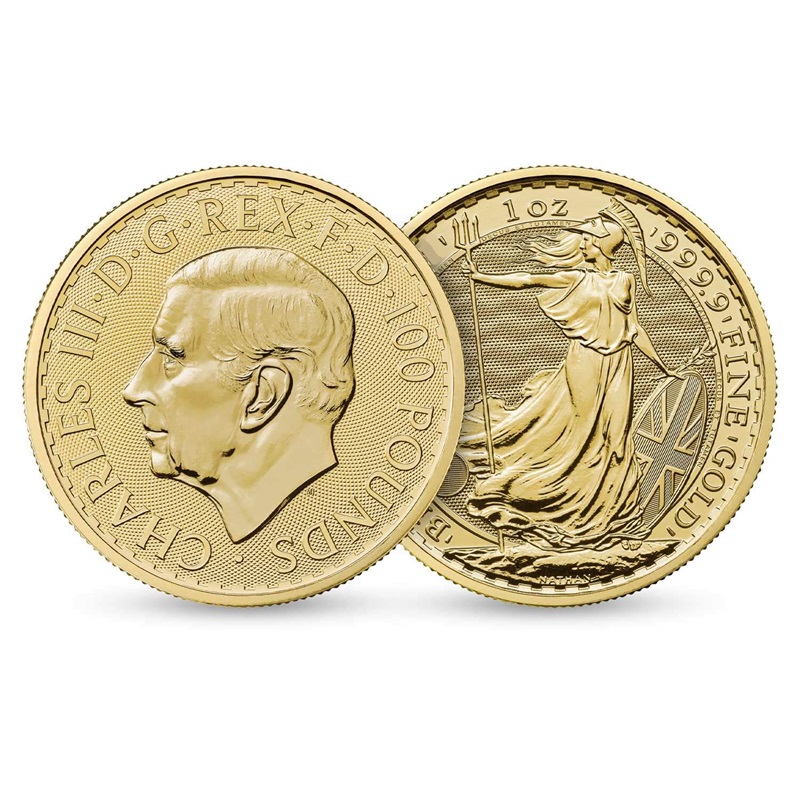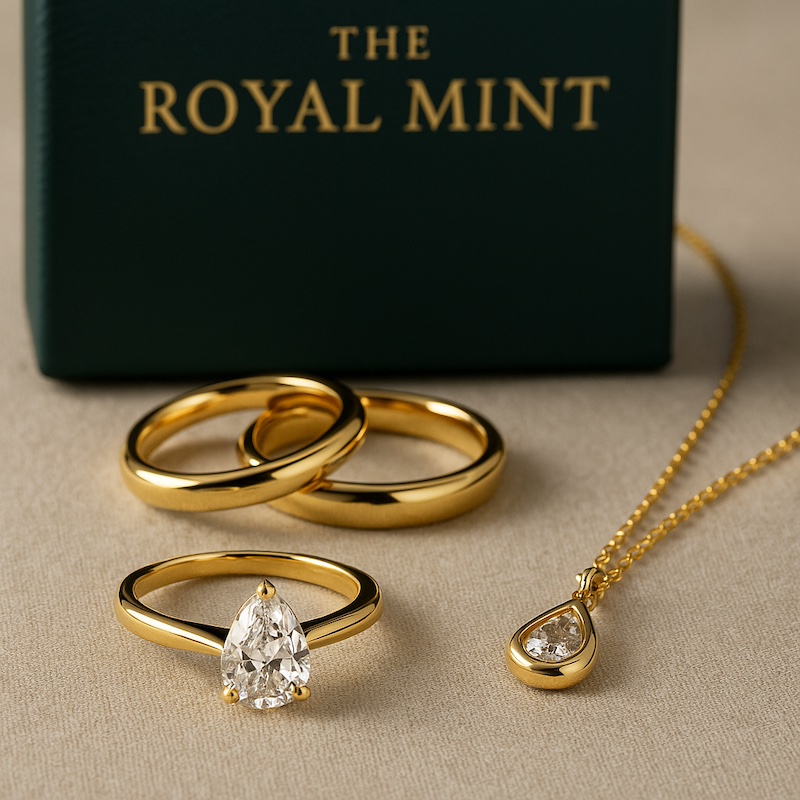Gold and silver have been revered as money, a store of value, and symbols of wealth for thousands of years. Unlike paper currency, which has come and gone in various civilizations, precious metals have stood the test of time. While other commodities, such as salt, once held comparable value, history has proven that gold and silver remain uniquely positioned as financial assets, wealth preservers, and inflation hedges.
In today’s economic landscape, gold and silver provide long-term security in an increasingly unstable financial system. Their rarity, durability, and universal acceptance make them the ultimate haven assets.
A Tale of Two Commodities: Gold, Silver, and the Decline of Salt’s Value
At one point in history, salt and gold were considered of equal value. In the 6th century, merchants in West Africa traded an ounce of salt for an ounce of gold. This was not unusual—salt was essential for food preservation and challenging to obtain in many parts of the world. Ancient trade routes, such as the Via Salaria in Rome, were named for their connection to salt commerce. In some regions, salt was even used as currency.
However, as mining and production methods advanced, salt became abundant, causing its value to plummet. Today, over 290 million metric tons of salt are produced annually, making it an inexpensive commodity.
Gold, on the other hand, remains scarce and labor-intensive to mine. Since the beginning of recorded history, only about 244,000 metric tons of gold have been discovered worldwide—a fraction of the amount of salt produced in a year. This fundamental difference in scarcity is why gold remains a store of value, while salt has become a common household item.
Gold and Silver as Stores of Value Through History
Gold: The Ultimate Monetary Metal
Gold has played a critical role in global economies for over 5,000 years. As early as 4000 B.C., Eastern Europeans created gold artifacts, while Egyptian tombs from 3000 B.C. contained elaborate gold jewelry. By 50 B.C., the Romans had fully incorporated gold into their monetary system.
Fast-forward to the modern era and most nations adopted the gold standard, where the value of currency was directly tied to gold reserves. The system lasted until the mid-20th century when governments shifted toward fiat currency—money not backed by a physical commodity.
Despite the shift, gold never lost its intrinsic value. Unlike paper money, which can be printed at will, gold’s supply remains naturally limited. Its role as a hedge against inflation and economic crises continues to make it a preferred asset for central banks and investors.

Silver: The Industrial and Monetary Metal
Silver was a form of money for millennia and was used in coins, trade, and wealth storage. The earliest known silver currency dates back to the 7th century B.C. in Lydia (modern-day Turkey). The metal was so widely used that the Spanish Empire minted vast amounts of silver coins, which became a global standard.
While silver is often overshadowed by gold, it plays a dual role as both a monetary and industrial metal. Its conductivity and antimicrobial properties make it essential for:
- Electronics and solar panels
- Medical applications
- Batteries and renewable energy technologies
With increasing industrial demand and growing investment interest, silver remains a valuable long-term asset despite its historical price volatility.

Why Gold and Silver Retain Value in the Modern World
1. Limited Supply and High Demand
Unlike fiat currencies that can be printed in unlimited quantities, gold and silver exist in finite amounts. The labor-intensive process of extracting these metals ensures that supply remains constrained, supporting their long-term value.
2. Inflation Hedge
Historically, gold and silver have outperformed inflation. When paper currency loses purchasing power due to excessive money printing, precious metals retain their value. This is why many investors turn to gold and silver during periods of economic uncertainty and high inflation.
3. Crisis Protection and Wealth Preservation
When governments and currencies collapsed, gold and silver remained valuable throughout history. During wars, hyperinflation, and banking crises, precious metals have been a reliable store of value.
For example, hyperinflation in Weimar Germany (1920s) and Zimbabwe (2000s) rendered paper money worthless. Those who held gold and silver were able to protect their wealth.
4. Universally Recognized and Accepted
Unlike cryptocurrencies or complex financial instruments, gold and silver are universally recognized as stores of value. Whether in the form of coins, bars, or bullion, they can be exchanged anywhere in the world.
5. Portfolio Diversification
Financial experts recommend allocating 5-10% of an investment portfolio to gold and silver. These metals provide diversification by acting as a hedge against:
- Stock market crashes
- Currency devaluation
- Economic downturns
Gold vs. Silver: Which Is the Better Investment?
Both gold and silver have unique advantages:
- Gold is a stable store of value, with central banks and institutional investors holding vast reserves.
- Silver is more affordable and has strong industrial demand, making it a potentially higher-growth investment.
Gold is often the preferred asset for long-term wealth preservation, while silver may offer greater price volatility and upside potential.
Conclusion: Why Gold and Silver Will Always Be Money
While many commodities, including salt, have seen their economic importance fade over time, gold and silver have remained stores of value for thousands of years. Their scarcity, historical significance, and universal acceptance ensure that they will continue to play a critical role in global finance.
As central banks continue to print money at unprecedented rates, owning gold and silver provides a hedge against currency devaluation and financial instability. Whether as a long-term investment, crisis hedge, or inflation protection, these precious metals remain history’s most reliable form of wealth preservation.
For those looking to protect their assets, investing in gold and silver is not just a strategy but a time-tested necessity.
Reference Links:
- World Gold Council – History of Gold – https://www.gold.org/about-gold/history-of-gold
- US Geological Survey – Global Gold Reserves – https://www.usgs.gov/centers/national-minerals-information-center/gold-statistics-and-information
- Silver Institute – Industrial and Investment Demand – https://www.silverinstitute.org/silver-supply-demand
- International Monetary Fund – History of the Gold Standard – https://www.imf.org/external/pubs/ft/fandd/2018/03/history-of-the-gold-standard-and-its-fall
- Federal Reserve – Inflation and Gold Prices – https://www.federalreserve.gov/econres/notes/feds-notes/inflation-and-the-price-of-gold-2020.htm
Final Thought: Protecting Wealth for Generations
Whether in ancient Rome, the West African gold-salt trade, or today’s volatile financial markets, gold and silver have always been real money. Their role as a store of value is unlikely to change, making them an essential part of any long-term investment strategy.







